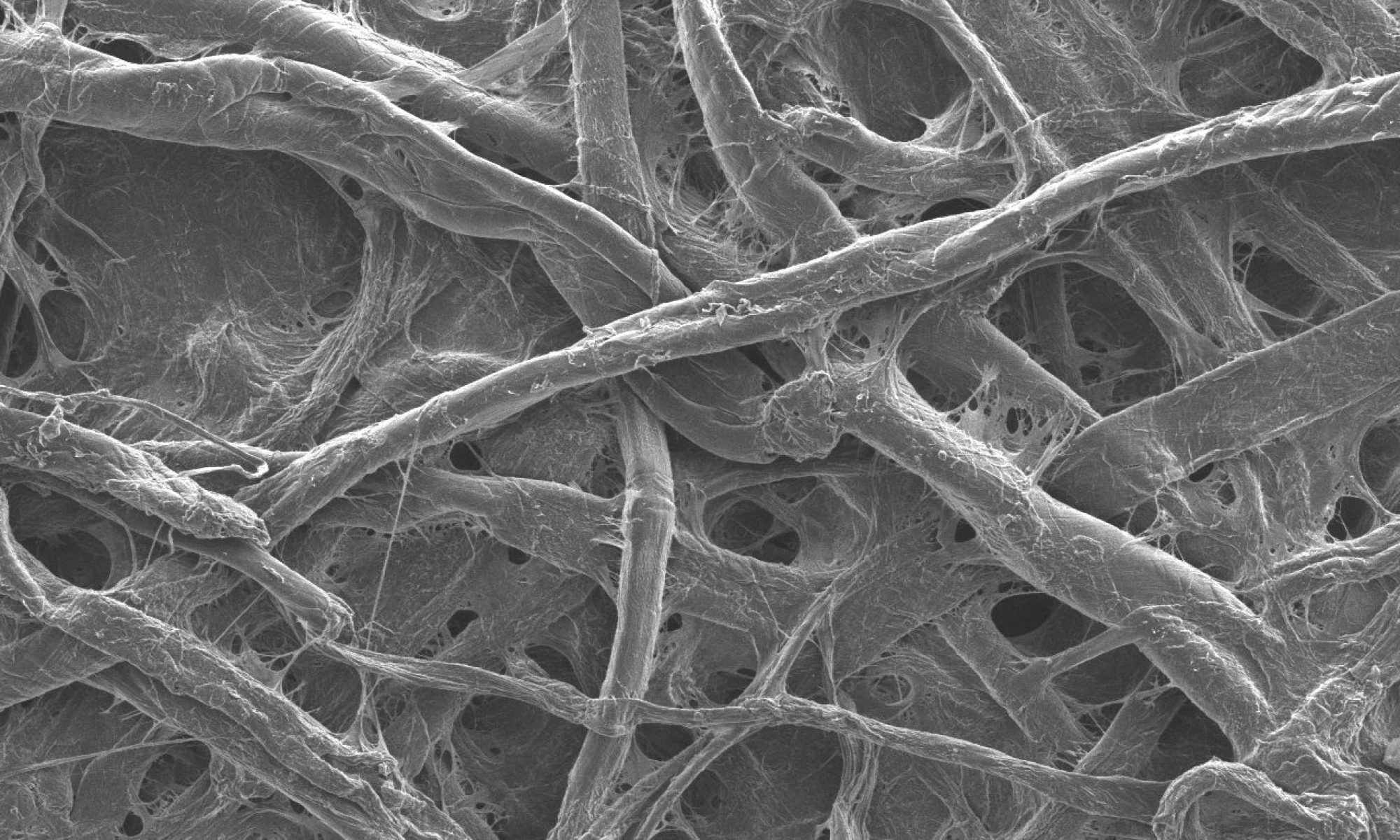This is a demo version of the optimization algorithm used in the publication “Optimizing the Heck−Matsuda Reaction in Flow with a Constraint- Adapted Direct Search Algorithm” (available here). The optimization method here implemented is a modified version of the Nelder-Mead simplex method.
This is a demo version of the optimization algorithm used in the publication “Optimizing the Heck−Matsuda Reaction in Flow with a Constraint- Adapted Direct Search Algorithm” (available here).
The optimization method here implemented is a modified version of the Nelder-Mead simplex method. The modifications allow to handle the restrictions imposed by the upper and lower bounds of variables, to escape from local optima and to speed up the search over the boundaries of the search space.
Besides the termination criteria of the Nelder-Mead method (the experimental values or their results are very close between them), the modified optimization method includes additional criteria in order to reduce the number of experiments. The additional termination criteria stop the search when reaching a known objective function bound (if any), when performing a pre-defined maximum number or when running consecutive experiments without improving the results. Moreover, our optimization method includes a feedback stage between the user and the optimization algorithm in order to simplify the decision-making process.
With this demo version you would be able to optimize your benchmark chemical reactions by following the instructions.
Note: This demo version is limited to the optimization of two variables and does not offer full performances. If you are interested in using the full version of the optimization algorithm in your flow/batch chemical setup, please contact us to provide you a scientific support through a mutual agreement.
Instructions:
- Fill in the mandatory fields (marked with *) of the “initialization parameters” form.
- Click on the “start optimization” button.
- Run your experiment with the experimental conditions proposed by the algorithm (marked as “current experiment”).
- Once you have the result, type your result in the field “result of the current experiment” and click on “submit result”.
- Repeat steps 3 and 4 until convergence onto an optima.
- To run a new optimization click on “Reset experiment”.
Please do not insert space except in variables names.


Uh-oh. Seems like you tried to active an unsuported functionality. Please consider this is a demo.
For more than 2 variable, please contact us here.


Uh-oh. Seems like you tried to active an unsuported functionality. Please consider this is a demo.
If you want it avaible, please contact us here.


Uh-oh. Seems like you tried to active an unsuported functionality. Please consider this is a demo.
For more than 10 experiments, please contact us here.


